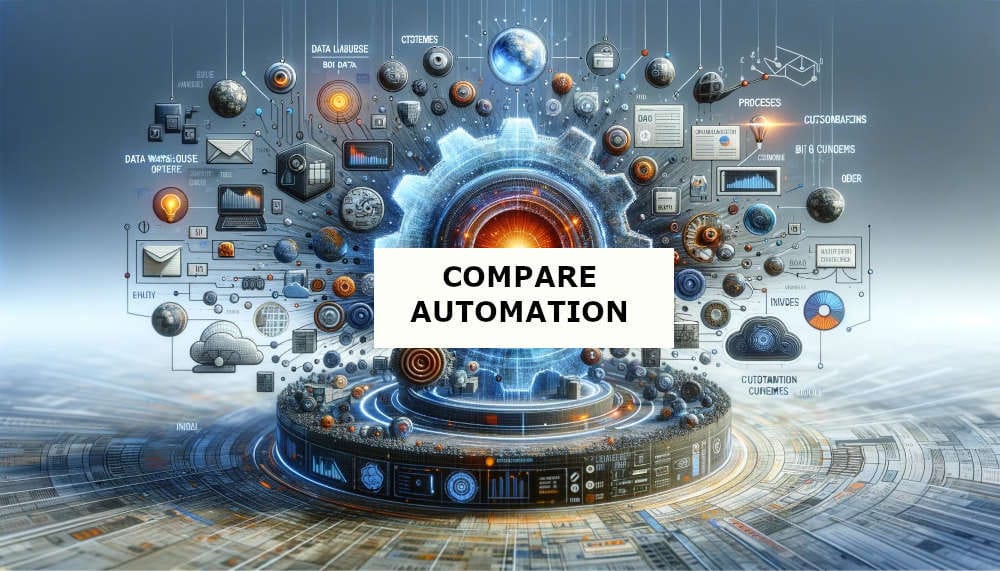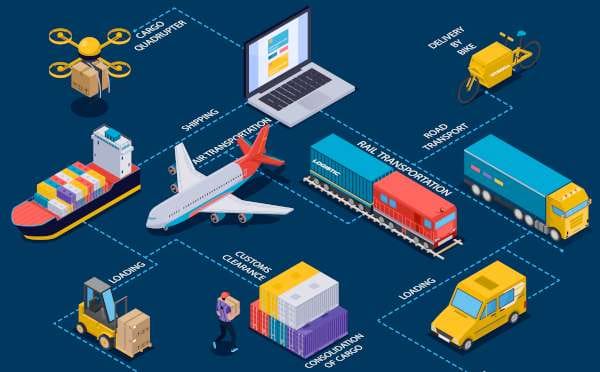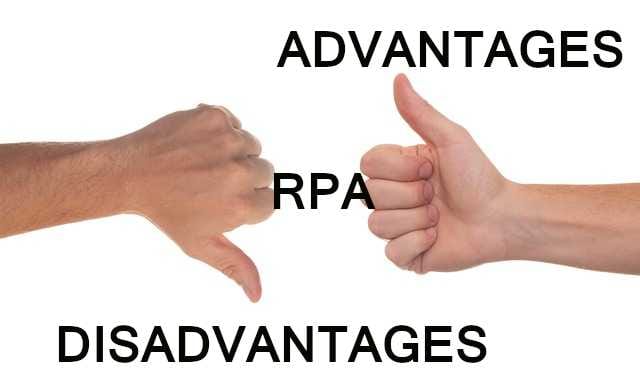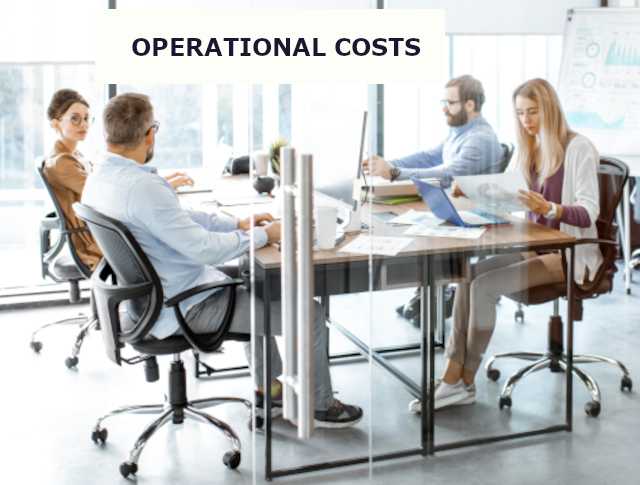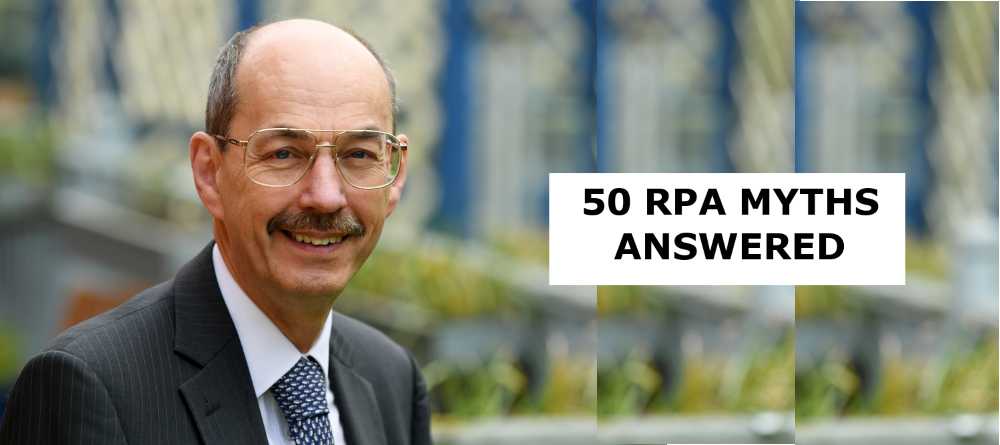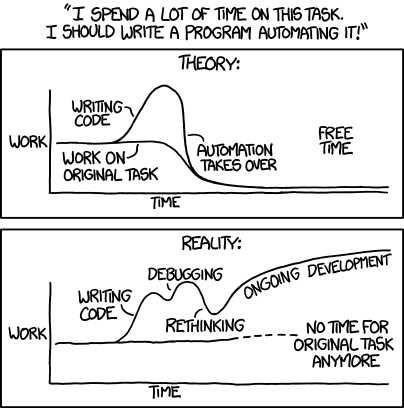Automation - RPA as a Service
Automation using RPA as a Service – What is the attraction?
Software as a service is widely used where the facility is an application such as CRM (Hubspot, SalesForce, etc), Finance (Xero, Quickbooks, Freshbooks, etc.), ERP (Netsuite, Infor, etc.).
RPA as a Service is relatively new. It uses the abbreviation RPAaaS. It is similar in that the functionality is provisioned in the cloud. This delivers the usual benefits of paying for the service provided, without the concern of creating an infrastructure for the RPA robots to execute.
RPAaaS Constraints
RPAaaS has similar limitations to other service models. Such as custom options are not likely to be available and the integration with other aspects of an IT architecture will be the main challenge.
Many RPA software vendors provide both an “Attended” capability where the robot works alongside a human in tandem with their actions and an “UnAttended” capability where a robot operates based on messages, data or events.
The RPA as a Service model is only used for the “UnAttended” operations.
RPAaaS Configuration
As RPA is normally used to automate work which would otherwise be performed manually, the connection of the cloud servers executing the robots to an organisation’s IT architecture is similar to the connection of a remote worker’s PC. Where clients are using their own software robots on their cloud servers for the automation, the security and configuration issues are very similar.
In the RPA as a Service scenario the issues are more complex but instead of an individual remote worker, a professional service provider is involved.
Compared with many IT projects, RPA solutions are normally relatively quick to install and configure, hence the immediate benefits of RPA as a Service might not be that great.
It is in the on-going operation of the RPA as a Service with the robots that potentially offers the bigger benefit. The monitoring of the RPA software robot performance, issue resolution, software upgrades, etc., follow similar benefits to other as a Service models.
RPAaaS Providers
Some software vendors have positioned themselves as purely “RPA as a Service” in order to provide a USP compared with the big 3 RPA vendors, namely UiPath, Automation Anywhere and Blueprism.
Some Systems Integrators / Business Process Outsource (BPO) organisations are offering “RPA as a Service” where they have created the infrastructure using the RPA tools of their choice. They then work with clients to build solutions that fill their capacity.
RPAaaS – What is included?
There is variation on the contents of the service that is provided.
One option is that bespoke automations are created for each client requirement. The infrastructure to operate, monitor and support the automations is provided.
Another option is “Existing” automations are provided which can be “Configured” for each client. The functionality of the automation is pre-determined and can be only altered through the configuration options available.
A third option, is that an RPA development environment is provided. The client builds their own automations in this environment. Deployment of the automation is to a production environment provided by the service. The monitoring and support of the automations is the responsibility of the client.
Each option delivers different flexibility, effort required, skills required and a corresponding variation in costs.
Switching RPAaaS Providers
One of the big questions for business managers and IT leaders who start considering “RPA as a Service” is the “Lock-in” or “Migration” costs that might be encountered should there be a need to switch supplier. At present the industry is a long way from being able to quickly “Port” a robot from one service provider to another.
Ether Solutions has the knowledge and experience in the development of RPA solutions to be able to advise if RPAaaS is appropriate. Please contact us to discuss your RPA requirements.


